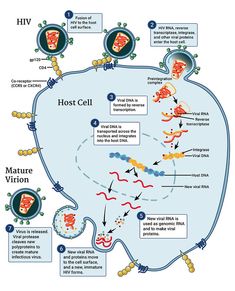Types of Neurotransmitters

Types of Neurotransmitters Neurotransmitters, at the highest level, can be sorted into two types: small-molecule transmitters and neuropeptides. Small-molecule transmitters, like dopamine and glutamate, typically act directly on neighboring cells. The neuropeptides, small molecules like insulin and oxytocin, work more subtly, modulating, or adjusting, how cells communicate at the synapse. To date, scientists have identified more than 60 distinct types of neurotransmitters in the human brain, and most experts say there are more left to discover. These powerful neurochemicals are at the center of neurotransmission, and, as such, are critical to human cognition and behavior. Acetylcholine Acetylcholine (Ach) was the first neurotransmitter discovered. It is a direct action small-molecule that works primarily in muscles, helping to translate our intentions to move into actual actions as signals are passed from the neurons into the muscle fiber. But it also has other roles in the brain...






